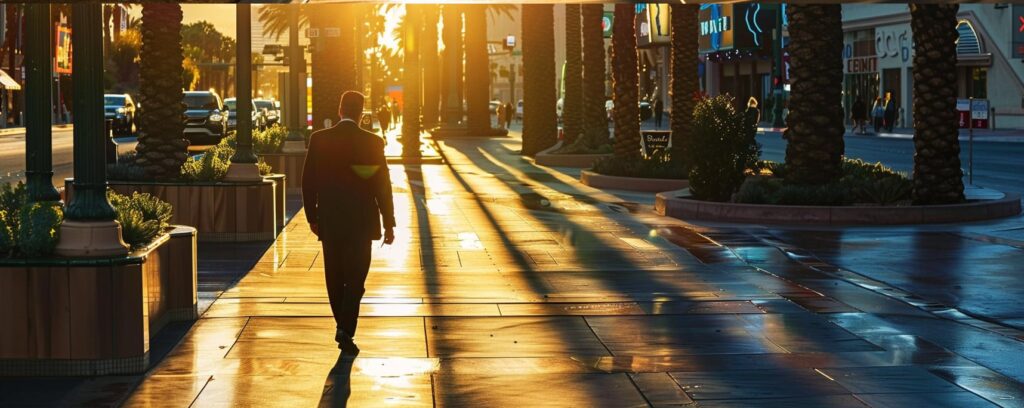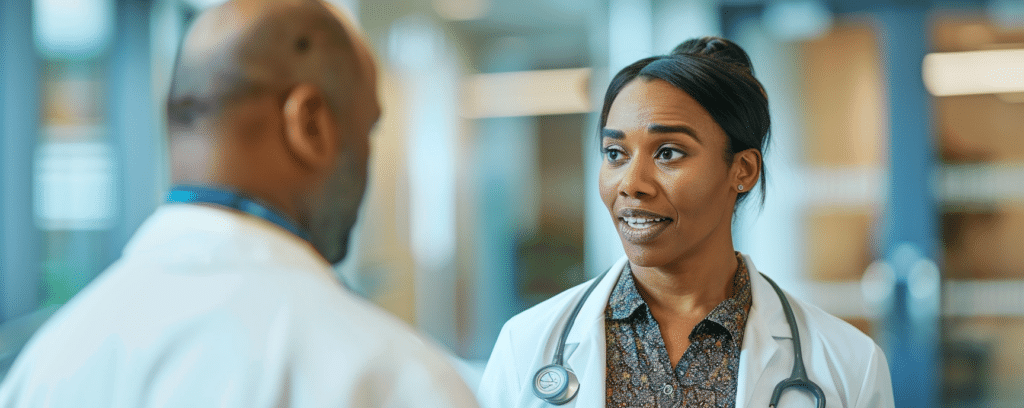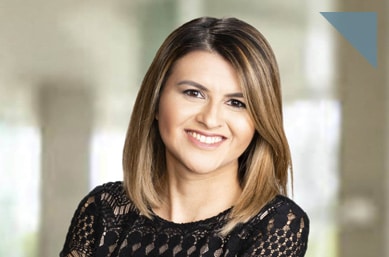
When a car collides with a pedestrian, the consequences can be grave. In such car vs pedestrian accident situations, it’s vital to quickly grasp your rights and the steps to take next. This article sheds light on the responsibilities of drivers and pedestrians, outlines the legal implications, and provides essential safety tips to help you navigate these distressing events with informed confidence.
Key Takeaways
- Pedestrian accidents are complex events influenced by speed, visibility, and roadway design, with a recent increase in fatalities emphasizing the urgent need for both driver awareness and pedestrian caution.
- Determining liability in pedestrian accidents involves assessing due care by all parties, collecting evidence, understanding right-of-way laws, and may lead to compensation claims against the driver’s insurance, through PIP/UIM, or lawsuits.
- Safety measures including slow driving near crosswalks, visibility precautions for pedestrians, and legal support from attorneys can prevent accidents and aid in financial and medical recovery post-incident.

Analyzing the Dynamics of Car vs Pedestrian Accidents
Grasping the dynamics of pedestrian accidents is key to both their prevention and to ensuring a fair resolution when an accident happened. A car pedestrian accident unfolds when a motor vehicle collides with a human. Common causes include driver inattention, failure to act carefully, and unanticipated encounters with pedestrians. These accidents are not trivial – in fact, pedestrian fatalities in the United States increased by 13% in 2021, making the enhancement of pedestrian safety an urgent matter. Understanding the factors contributing to car accidents involving pedestrians can help in addressing this issue, as well as shedding light on traffic accidents in general. For more information and insights, check out our pedestrian accidents blog posts.
Owing to the potential harm their vehicles can inflict, drivers bear a greater responsibility for averting collisions. However, pedestrians, too, play a role. Both parties should practice safe behaviors; drivers should adhere to speed limits and pedestrians should avoid impairments to reduce the chances of accidents.
Comprehending these dynamics is vital. It allows us to identify the factors that contribute to pedestrian accidents and take preventive measures. It also helps in the legal aftermath of an accident, where understanding the factors leading to the accident can play an important role in determining liability and ensuring justice.
The Role of Speed in Pedestrian Injuries
The severity of injuries in a pedestrian accident is significantly influenced by speed. Higher vehicle speed results in more severe injuries to pedestrians in the event of an accident. The risk of severe injury for a pedestrian struck by a vehicle increases significantly as the impact speed of the vehicle escalates. At 16 mph, the injuries might be minor, but at 46 mph, they can be high.
The fatality risk for pedestrians escalates with the vehicle’s impact speed and can reach up to 90% at speeds of 58 mph or more. Factors like the angle of impact and the pedestrian’s center of gravity also affect the severity of injuries, in addition to the vehicle speed. Thus, respecting speed limits, particularly in areas dense with pedestrians, is key to minimizing the risk of severe injuries in pedestrian accidents.
Visibility Challenges Leading to Traffic Crashes
The role of visibility, or its absence, in pedestrian accidents is significant. Poor visibility increases the frequency of these accidents, often resulting in severe, sometimes fatal, injuries. Nighttime and bad weather conditions are especially challenging, as they reduce visibility and increase the difficulty of detecting pedestrians.
Even in these difficult conditions, drivers must always remain alert for pedestrians. This means using extra caution in poor visibility conditions, taking care to slow down, and being prepared to stop if a pedestrian is detected. Simple measures like these could mean the difference between a safe journey and a devastating accident.
Roadway and Intersection Design Flaws
Pedestrian safety, as well as driver behavior and pedestrian accessibility, are significantly impacted by the design of roads and intersections. Well-designed roads include clearly marked crosswalks, reminding drivers to reduce speed and be prepared to stop for crossing pedestrians.
Unfortunately, roadway and intersection design flaws can contribute to pedestrian accidents. Poorly designed or maintained crosswalks, inadequate lighting, and lack of pedestrian signals can create hazardous conditions. By understanding these factors, we can push for better design standards and improved road safety measures, ultimately reducing the number of pedestrian accidents.
Determining Liability in Pedestrian vs Vehicle Collisions
Establishing liability in a pedestrian vs vehicle collision can be a complicated process. Both drivers and pedestrians must exercise ‘due care’ by:
- obeying traffic laws
- adhering to the rules of the road
- crossing properly
- not being impaired
When a pedestrian is found to have contributed to the accident, their compensation may be diminished according to their percentage of fault. In some jurisdictions, they may even be barred from recovering damages under contributory negligence laws. Evidence is gathered after a pedestrian accident to establish fault, typically including:
- the scene of the accident
- eyewitness testimony
- police reports
- cell phone records
- toxicology reports
Although drivers generally bear more responsibility for avoiding accidents with pedestrians due to the potential for serious harm, pedestrians too are obliged to abide by road rules for their own safety. Understanding these factors, and consulting with an experienced attorney, can be critical in determining liability in the aftermath of a pedestrian accident.
Gathering Evidence at the Accident Scene
Collecting thorough evidence at the accident scene is key to determining fault. This includes photographic documentation of injuries and personal notes on the injuries, which are essential for substantiating a compensation claim. Keeping an accurate log of all treatments, tests, doctor visits, and obtaining medical records post-accident are also crucial for future insurance claims and legal proceedings.
Legal experts specializing in pedestrian accidents can significantly aid in the collection of evidence and witness statements, which are pivotal for constructing a robust case. An attorney can guide victims through this process, ensuring that all necessary evidence is collected, and nothing is overlooked.
Understanding Right of Way and Traffic Signals
It is vital for both drivers and pedestrians to understand and obey traffic signals and right-of-way rules. Pedestrians are advised to wait for the ‘WALK’ signal before crossing the roadway. This is an important safety measure to avoid accidents. This simple act of obedience can significantly reduce the risk of a pedestrian accident.
However, pedestrians can also be at fault in an accident if they fail to obey the rules of the road. This underlines the shared responsibility in traffic and the importance of mutual respect for rules and regulations. After all, these rules and signals are in place to ensure safety for all road users.
Common Injuries and Seeking Medical Attention
The injuries resulting from pedestrian accidents can vary widely, ranging from minor to serious injuries. These include:
- Broken bones
- Spinal cord injuries
- Brain injuries
- Trauma to the head, legs, and pelvis
- Knee fractures and ligamentous injuries
Demographic factors, such as age, can influence the type and severity of injuries. For instance, children commonly suffer head and neck injuries, while older adults face longer hospitalizations and higher mortality rates.
In light of the potential severity of these injuries, immediate and appropriate medical treatment is crucial. Not only does it facilitate the documentation of injuries for any legal proceedings, but it is also essential for the health and recovery of the victim. No matter how minor the injuries may seem initially, seeing a medical professional is imperative.
Emergency Room Visits and Initial Care
Regardless of the apparent severity of injuries, a pedestrian accident’s aftermath often necessitates an immediate visit to the emergency room. This is because shock or adrenaline can mask the pain, leading victims to underestimate their injuries. Trauma centers are equipped to provide rapid evaluation and stabilization of injured pedestrians.
During an emergency room visit, a thorough exam is necessary, and all injuries and pain should be communicated to the medical staff, even if they seem minor. This initial care is crucial as it sets the stage for the victim’s recovery and prepares the necessary documentation for any ensuing legal proceedings.
Long-Term Medical Expenses
Beyond immediate medical attention, pedestrian accident victims often incur long-term medical costs. These can include costs from follow-up care, rehabilitation, and specialist treatments. The burden of these costs can be compounded by the loss of wages due to the inability to work.
Victims can use their own health insurance for immediate medical bill coverage, though they may need to reimburse the insurer if they later receive a settlement from the at-fault party. It’s important to consider these potential long-term expenses when pursuing compensation and planning for recovery.
Financial Recovery After a Pedestrian Accident
Pedestrian accidents can have a devastating financial impact. However, victims are entitled to receive compensation for a variety of damages, including medical treatment costs, lost income due to inability to work, and pain and suffering resulting from their injuries. Compensation can cover past treatments, ongoing care needs, and projected future medical expenses.
Financial recovery can also include compensation for lost wages, encompassing not only the immediate income loss but also sick leave, vacation days, bonuses, and any other form of employment benefits. In cases where the victim’s ability to work or career progression is hindered by the accident’s aftermath, damages may extend to cover loss of earning capacity.
Navigating these avenues for financial recovery can be intricate, especially when interacting with insurance companies or engaging in legal proceedings. This is where the expertise of a pedestrian accident attorney can be invaluable.
Contact us today and we will help you get the compensation that you deserve.
Navigating Insurance Claims with At Fault Driver’s Insurance
Claims are typically filed by victims with the at-fault driver’s insurance company. This could include coverage by the car owner or the driver’s employer if the accident occurred while on company business. This process can be daunting, especially when dealing with an insurance company that wants to minimize their payout.
Law firms can help with the following:
- Manage communications with insurance companies
- File a claim on behalf of the victim and submit the necessary documentation
- Use their expertise to negotiate settlements and navigate insurance company tactics to reduce or reject claims
Experienced lawyers are knowledgeable about these processes and can provide valuable assistance.
Pursuing a Personal Injury Protection or Wrongful Death Claim
In cases where the at-fault driver lacks sufficient insurance or flees the scene, victims can claim personal injury protection (PIP) or uninsured motorist coverage (UIM). Additionally, if the pedestrian accident was caused by a defective vehicle, victims have the option to file a product liability claim against the car’s manufacturer.
If insurance offers fall short of fairly covering their losses, victims may also opt to pursue a personal injury lawsuit. However, they must be aware of the statute of limitations defining the timeframe in which they can legally file such a claim. In cases resulting in death, beneficiaries can seek damages accounting for funeral costs and loss of companionship or consortium through a wrongful death claim.
Safety Measures to Prevent Pedestrian Accidents
Although comprehending the aftermath of pedestrian accidents is critical, prevention always surpasses cure. Both pedestrians and drivers have a role to play in preventing accidents. Slowing down and being prepared to stop when entering a crosswalk is a critical safety measure for drivers. Drivers should also never pass vehicles stopped at a crosswalk as pedestrians may be crossing out of view.
Various safety countermeasures endorsed by the NHTSA, like median refuges, road diets, and hawk hybrid signals, can improve pedestrian safety and reduce fatalities. By adopting these measures and ensuring mutual respect and understanding between pedestrians and drivers, we can create safer roads for everyone.
For Pedestrians: Safe Practices When Walking Near Motor Vehicles
Using sidewalks whenever possible is the first safety measure for pedestrians. When sidewalks are not present, pedestrians should walk facing traffic and keep as far from traffic as possible. Walking facing traffic allows pedestrians to see oncoming vehicles and take proactive safety measures.
These simple steps can greatly reduce the risk of a pedestrian accident. By being vigilant and mindful of their surroundings, pedestrians can ensure their own safety even in high-traffic areas.
For Drivers: Keeping Pedestrians Safe
Drivers also have a critical role in ensuring pedestrian safety. One of the most important measures a driver can take is to never drive under the influence of alcohol or drugs. This not only reduces the risk of accidents but also ensures the driver’s own safety.
Furthermore, drivers should:
- Slow down and be prepared to stop when approaching crosswalks
- Yield to pedestrians who are crossing the street
- Avoid passing vehicles that are stopped at crosswalks as they may be concealing pedestrians crossing the street
By practicing these safety measures and remaining vigilant at all times, drivers can contribute significantly to pedestrian safety.
Legal Support: Partnering with an Attorney
Dealing with the aftermath of a pedestrian accident can be daunting. However, you don’t have to go through it alone. Partnering with an attorney can provide you with valuable legal support, helping you navigate the complexities of the law, ensuring a comprehensive case assessment, and outlining claims to determine adequate damages.
Remember, statutory deadlines for filing a pedestrian accident case differ from state to state, hence it’s crucial to seek legal counsel promptly and understand the timeframe for initiating legal action. Seeking immediate legal consultation is critical following a pedestrian accident. Personal injury lawyers assist pedestrian accident victims by advocating for their rights and striving to obtain fair compensation, often working on a contingency basis.
If the driver involved does not accept full legal liability after a pedestrian-car accident, it is crucial to discuss your situation with an experienced attorney for legal guidance.
Free Consultation and Case Evaluation
A large number of law firms provide potential clients involved in pedestrian accidents with free initial consultations. During this consultation, the law firm will typically review the specifics of the accident to evaluate the strength and relevance of the case.
The law firm assesses the evidence, potential damages, and the applicable laws to determine if the pedestrian accident claim is viable and if they can represent the client. This free consultation provides an invaluable opportunity for victims to understand their legal options and make informed decisions.
Advocating for Your Legal Rights
Having an attorney by your side means having someone to:
- Advocate for your legal rights
- Assert your rights against insurance companies
- Represent you in court, if necessary
- Anticipate and counteract tactics used by insurance companies to devalue or deny pedestrian accident claims
Legal counsel provides representation in legal proceedings, ensuring that victims’ voices are heard and interests defended. They assist victims in navigating the legal system, including filing lawsuits and adhering to statutory deadlines. Most importantly, they work to optimize compensation through negotiations or litigation, aiming for settlements that cover all of the victim’s damages.
Pedestrian Safety Programs and Resources
Several resources and programs aimed at enhancing pedestrian safety are provided by organizations like the National Highway Traffic Safety Administration (NHTSA). For instance, NHTSA conducts public awareness campaigns like ‘Everyone is a Pedestrian’ and supports other safety programs to reduce pedestrian fatalities.
NHTSA emphasizes the safe system approach, which includes the following integral components for enhancing pedestrian protection:
- Safe People
- Safe Speeds
- Safe Roads
- Safe Vehicles
- Post-Crash Care
By providing educational materials, and expertise, and promoting safety programs, NHTSA demonstrates its dedication to road safety and the prevention of pedestrian accidents.
Frequently Asked Questions
What are the common causes of pedestrian accidents?
The common causes of pedestrian accidents are driver inattention, failure to act carefully, and unexpected encounters with pedestrians. These factors contribute to a significant number of accidents each year.
How is liability determined in a pedestrian vs vehicle collision?
In a pedestrian vs vehicle collision, liability is determined based on the concept of ‘due care’. Both drivers and pedestrians must obey traffic laws and adhere to the rules of the road, and the party who fails to exercise due care is usually found at fault.
What should I do immediately after a pedestrian accident?
Seek immediate medical attention, even for seemingly minor injuries, and then gather evidence from the accident scene. Consider consulting with an attorney to understand your legal options.
What kind of compensation can I receive after a pedestrian accident?
After a pedestrian accident, you can receive compensation for damages such as medical costs, lost income, and pain and suffering.
How can I prevent pedestrian accidents?
To prevent pedestrian accidents, both drivers and pedestrians should adhere to traffic rules, practice safe behaviors, and stay vigilant while on the road.
Last updated Thursday, May 2nd, 2024






